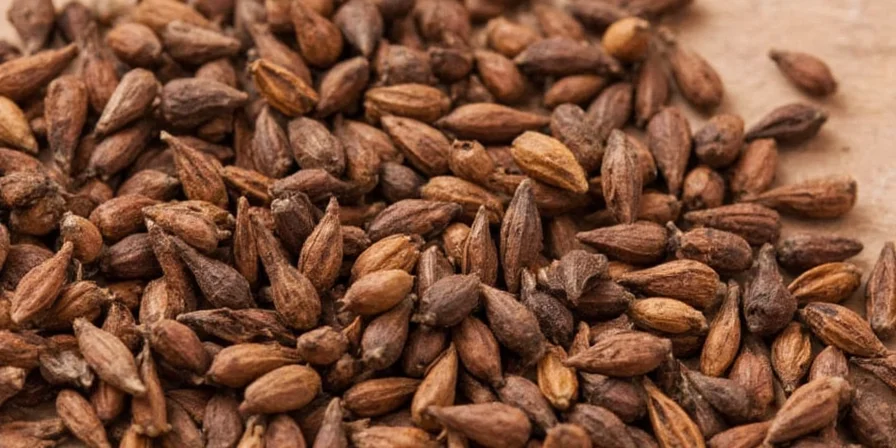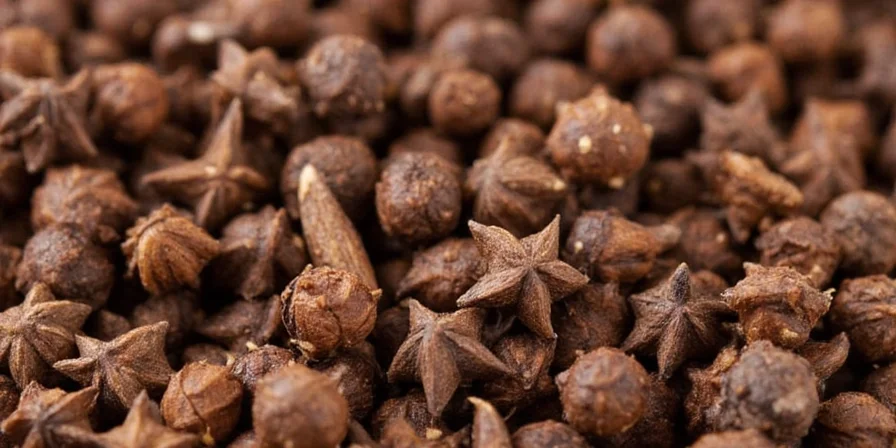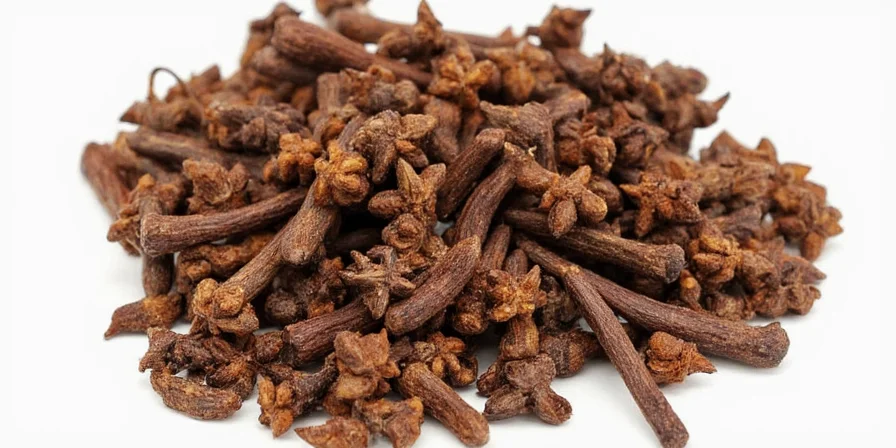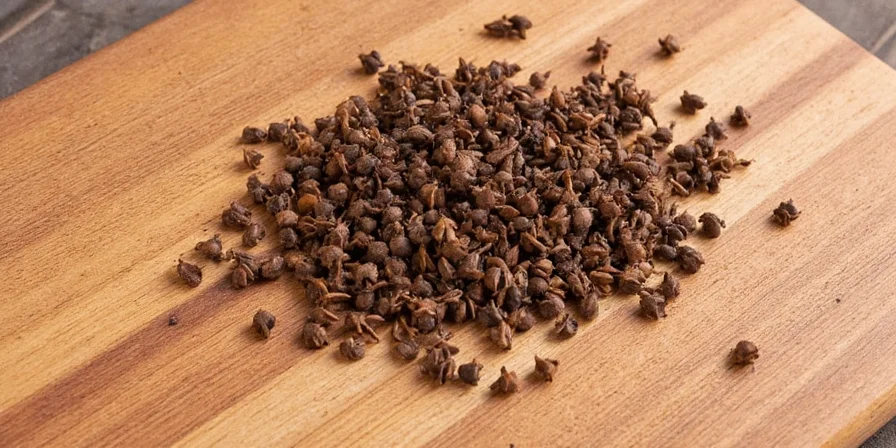Clove Your Kitchen: 10 Spicy Secrets of Cloves You Didn’t Know!
Ever bitten into a clove while eating a holiday ham and wondered, 'Is this a spice or a weapon?'? Cloves are tiny powerhouses of flavor—so potent they can easily steal the show in your dish if you're not careful. In this blog, we’ll uncover everything from their history to clever culinary uses and even some unexpected tricks when using cloves for cooking.
If you're ready to stop under-seasoning and start mastering this bold spice, grab your mortar and pestle (or just a rolling pin), and let’s dive in!
Contents
- What Are Cloves Anyway?
- Why Use Cloves in Cooking?
- Cloves: A Flavor Profile Breakdown
- Top 10 Practical Clove Tips for Every Cook
- Clove Pairings: Spice Synergy
- Fun & Surprising Facts About Cloves
- Conclusion: Clove the Halls of Your Kitchen!
What Are Cloves Anyway?
Despite their name sounding like a math term or a superhero sidekick, cloves are actually flower buds harvested from the evergreen tree Syzygium aromaticum. These buds are dried until they become those dark brown, nail-like spices we know so well.

Native to Indonesia’s Maluku Islands (once known as the Spice Islands), cloves were once so valuable they sparked wars, voyages, and probably a few really intense bake-offs.
Why Use Cloves in Cooking?
Cloves pack a punch—not just in flavor but also in function. They’re rich in eugenol, a compound responsible for their strong, warming taste and antiseptic properties (which is why your dentist might smell like gingerbread).

In food, cloves add depth and warmth to both sweet and savory dishes. They’re often used sparingly because too much can turn your stew into a numbing agent. But when used correctly, they elevate everything from mulled wine to biryanis.
Cloves: A Flavor Profile Breakdown
| Flavor Note | Description |
|---|---|
| Bitter | Mildly bitter on the tongue if chewed raw |
| Sweet | Faint sweetness reminiscent of candied orange peel |
| Earthy | Warm, woody undertones |
| Peppery | Sharp, spicy kick similar to black pepper |
| Metallic | Can leave a slight metallic aftertaste in large amounts |
Top 10 Practical Clove Tips for Every Cook
Ready to master this pungent powerhouse? Here’s how to get the most out of your cloves without turning dinner into a dental experiment:
- Use Whole Cloves for Infusions: Perfect for simmering soups, stews, and sauces where you want a background warmth.
- Grind Fresh for Intensity: Ground cloves lose potency quickly, so buy whole and grind as needed.
- Poke and Prick Meats: Insert whole cloves into hams or oranges for holiday dishes. Adds aroma without overwhelming the meat.
- Add to Baking Spices: Mix with cinnamon, nutmeg, and ginger for fall baking magic.
- Make Clove Tea: Boil a few cloves in water with honey and lemon for a soothing drink.
- Infuse Sugar or Salt: Store a few cloves in your sugar jar for flavored sweetness, or mix into salt rubs.
- Use in Rice Dishes: Especially in biryanis and pilafs for an exotic twist.
- Avoid Overdoing It: One clove = one tablespoon of ground cloves. Seriously.
- Pair with Citrus Zest: Orange or lemon zest + cloves = instant holiday cheer in a pan.
- Store Properly: Keep whole cloves in an airtight container away from heat and light. Lasts years.
Clove Pairings: Spice Synergy
Cloves play well with others, especially warm spices. Here’s a breakdown of classic pairings and why they work:
| Spice | Reason for Harmony | Dish Examples |
|---|---|---|
| Cinnamon | Complementary warmth and mild sweetness | Pumpkin pie, chai tea, spiced rice |
| Nutmeg | Enhances creamy and custard-based dishes | Eggnog, béchamel, bread pudding |
| Allspice | Shares flavor compounds; mimics each other’s depth | Meat rubs, Caribbean jerk seasoning |
| Star Anise | Both licorice notes balance clove’s intensity | Pho broth, braised meats, spiced wines |
| Black Pepper | Adds bite to cut through clove’s richness | Spice blends, grilled veggies, marinades |

Fun & Surprising Facts About Cloves
- Used in Dentistry: Eugenol from cloves acts as a natural painkiller for toothaches.
- Historical Currency: In the 17th century, cloves were more valuable than gold by weight in parts of Europe.
- Not Just for Eating: Cloves are sometimes used in perfumes, incense, and potpourri for their strong scent.
- Repel Pests: Cloves can be placed in drawers or near fruit bowls to keep moths and bugs at bay.
- Clove Cigarettes?: Clove cigarettes, called “kreteks,” originated in Indonesia but have been banned in many countries due to health concerns.
Conclusion: Clove the Halls of Your Kitchen!
Cloves may be small, but they bring a mighty flavor boost to your culinary creations. Whether you’re roasting a turkey, brewing mulled cider, or experimenting with new spice blends, understanding how to use cloves for cooking opens the door to richer, warmer flavors.

So next time you reach for that bottle of ground cloves or see them nestled in an orange at a holiday market, don’t underestimate their power. With these tips, you’re now armed to clove your way to kitchen glory!











 浙公网安备
33010002000092号
浙公网安备
33010002000092号 浙B2-20120091-4
浙B2-20120091-4